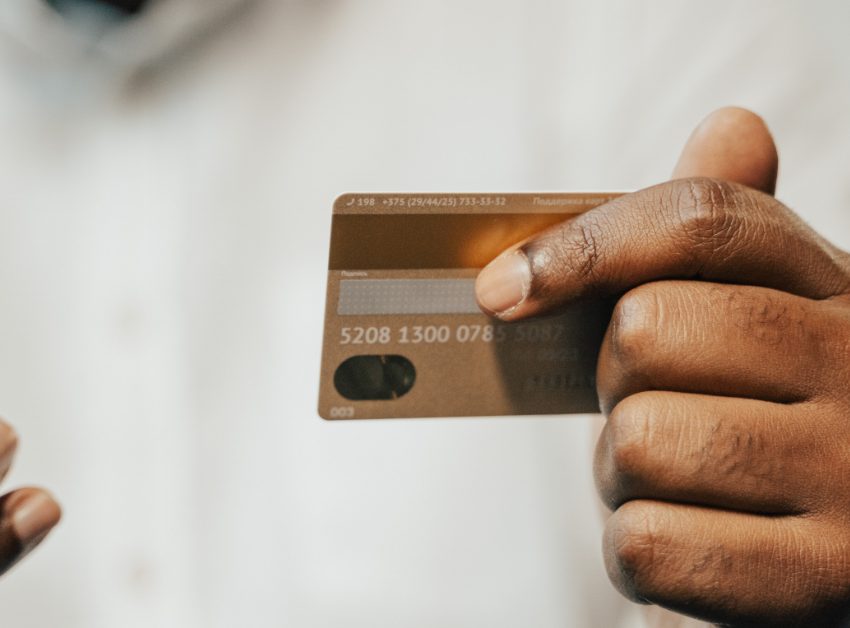
Setting up a debit order is a convenient way of staying on top of your monthly bills. But, if you’ve ever struggled to terminate one, you’ll also know that stopping fraudulent or unauthorised debit orders can be incredibly frustrating. Here’s what you need to know to stop the unwanted flow of money out of your account.
Know what you’re signing up for
As a starting point, it helps to have a clear understanding of what a debit order is. When you set-up a debit order, you enter into an agreement with a company or service provider. You give the company the authorisation to take money out of your bank account in return for the services or goods they give you, explains Banking Services Ombudsman, advocate Clive Pillay. The debited amount will be taken from your account at an agreed-upon time (usually monthly or annually) and the amount debited can be fixed (stays the same every month) or variable (changes depending on different factors). This is different to a stop order, where the instruction to make the payment is given to your bank. With a debit order, you are giving authorisation to debit your account to a third party, so that means your bank only acts as a facilitator of the transaction.
Be vigilant, debit orders can be abused
It’s imperative to keep a close eye on your bank statement. There’s a high possibility that devious companies can abuse the debit order system, or even expose your account to unauthorised debit orders, cautions head of customer financial solutions at Standard Bank, Nitesh Patel.
Additionally, the Ombudsman for Banking Services reports that they’ve dealt with matters where customers are told to take up the matter of an unknown debit with the company doing the debit order. But, it’s the bank they are turning to in desperation because the company unjustifiably refused to assist, or the customer is unable to track down the company making the debit order. In short, no one cares about where your hard- earned money goes, than you.
The South African Reserve Bank in conjunction with Payments Association of South Africa and the banking industry have put mechanisms to better manage users of the debit-order system and to give customers greater control.
How to take control
Clive says this is what you need to know to cancel a debit order that you willingly entered into with a third party.
• Start by cancelling the debit order with the third party.
• Give your bank a written stop-payment instruction to prevent the debit order being processed on your account.
• Once you give your bank a stop-order instruction, the service provider or company that had the authorisation to take money out of your bank account no longer has a mandate to do so and is not allowed to re-present the debit order to the bank.
• A telephonic mandate is valid, but you will need to provide certain identification criteria (such as your account number, the date of the debit order, the amount, your ID number and so on).
Your bank may levy a fee for implementing a stop- payment instruction. Cancelling or suspending a debit order payment may not automatically release you from your contractual obligations. Read the fine print before agreeing to any purchase agreements.
What can you dispute?
What if you’re reading through your monthly bank statement and pick up a debit that you don’t recognise or even worse, suspect is fraudulent or unscrupulous? Your bank will be able to tell you where the debit order originated from.
You should also report any suspicious debit activity where a third party has:
• Withdrawn an amount before the date specified in your instruction.
• Continues to collect a debit order that you’ve cancelled or made subject to a stop-payment instruction.
• Debits an incorrent amount from your account.
• Has collected a debit order that you did not authorise or in a manner you that did not authorise (like splitting the collection amount or consolidating several debit orders).
Report your dispute to the bank immediately, says Clive. If you report a disputed debit order to your bank within 40 days of it appearing on your account, your bank will reverse it immediately as per your instruction.
When there’s no dispute
An exception to this dispute process is an Authenticated Early Debit Order (AEDO). You can set up an AEDO by swiping your bank card and entering your secret PIN at a point-of-sale terminal. Because you mandated this debit order in person using your PIN and card, it cannot be disputed once paid unless the dispute is on the basis of fraud. This type of debit order can be cancelled like other debit order agreements willingly entered into. Thereafter, if the third party continues to debit your account, you’ll have a legitimate dispute.
Disputes older than 40 days
Likewise, you can still dispute suspicious debit activity longer than 40 days after it was debited and apply to the bank to have it reversed. But, instead of an automatic reversal, the bank will query the validity of
the transaction with the service provider or the company’s bank. Clive explains how this process works:
• The service provider’s bank is given 30 days written notice to prove the authenticity or validity of the transaction. If invalid, it will be cancelled and the funds manually returned to your account.
• If the service provider can produce a valid and authentic mandate authorising the debit order, then it won’t be reversed and you’ll have to take up your dispute with the service provider directly.
When banks check for an authentic mandate they’ll look for your signature on the authorisation-to-debit form. Any dispute regarding the authenticity of your signature is a matter between you and the service provider.
To avoid the headache of getting your money back, ensure you are careful about who you give the right to debit your account; and that the company or service provider is reputable and well established. And, check your bank statements regularly.
Written by Françoise Gallet
Also see: Solutions to better money management




